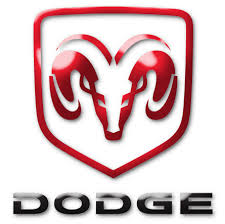Charger SRT-8 V8-6.1L VIN W (2006)

Cruise Control: Description and Operation
SPEED CONTROL
DESCRIPTION
The speed control system is fully and electronically controlled by the Powertrain Control Module (PCM). A cable and a vacuum controlled servo are not
used. This is a servo-less system. The switch is labeled: ON/OFF, RES/ACCEL, SET, COAST, and CANCEL.
OPERATION
When speed control is selected by depressing the ON switch, the PCM allows a set speed to be stored in its RAM for speed control. To store a set speed,
depress the SET switch while the vehicle is moving at a speed between 25 and 100 mph. In order for the speed control to engage, the brakes cannot be
applied, nor can the gear selector indicating the transmission is in Park or Neutral or low.
The speed control can be disengaged manually by:
-
Stepping on the brake pedal
-
Depressing the OFF switch
-
Depressing the CANCEL switch.
NOTE: Depressing the OFF switch or turning off the ignition switch will erase the set speed stored in the PCM (the ECM with a diesel engine).
For added safety, the speed control system is programmed to disengage for any of the following conditions:
-
An indication of Park or Neutral
-
A rapid increase rpm (indicates that the clutch has been disengaged)
-
Excessive engine rpm (indicates that the transmission may be in a low gear)
-
The speed signal increases at a rate of 10 mph per second (indicates that the coefficient of friction between the road surface and tires is extremely
low)
-
The speed signal decreases at a rate of 10 mph per second (indicates that the vehicle may have decelerated at an extremely high rate)
Once the speed control has been disengaged, depressing the RES/ACCEL switch (when speed is greater than 20 mph) restores the vehicle to the target
speed that was stored in the PCM (the ECM with a diesel engine).
While the speed control is engaged, the driver can increase the vehicle speed by depressing the RES/ACCEL switch. The new target speed is stored in
the PCM (the ECM with a diesel engine) when the RES/ACCEL is released. The PCM (the ECM with a diesel engine) also has a "tap-up" feature in
which vehicle speed increases at a rate of approximately 1 mph for each momentary switch activation of the RES/ACCEL switch.
A "tap down" feature is used to decelerate without disengaging the speed control system. To decelerate from an existing recorded target speed,
momentarily depress the COAST switch. For each switch activation, speed will be lowered approximately 1 mph.
